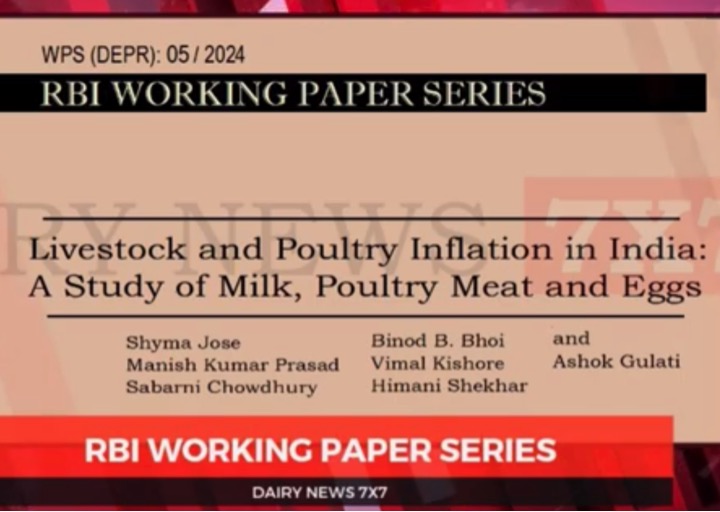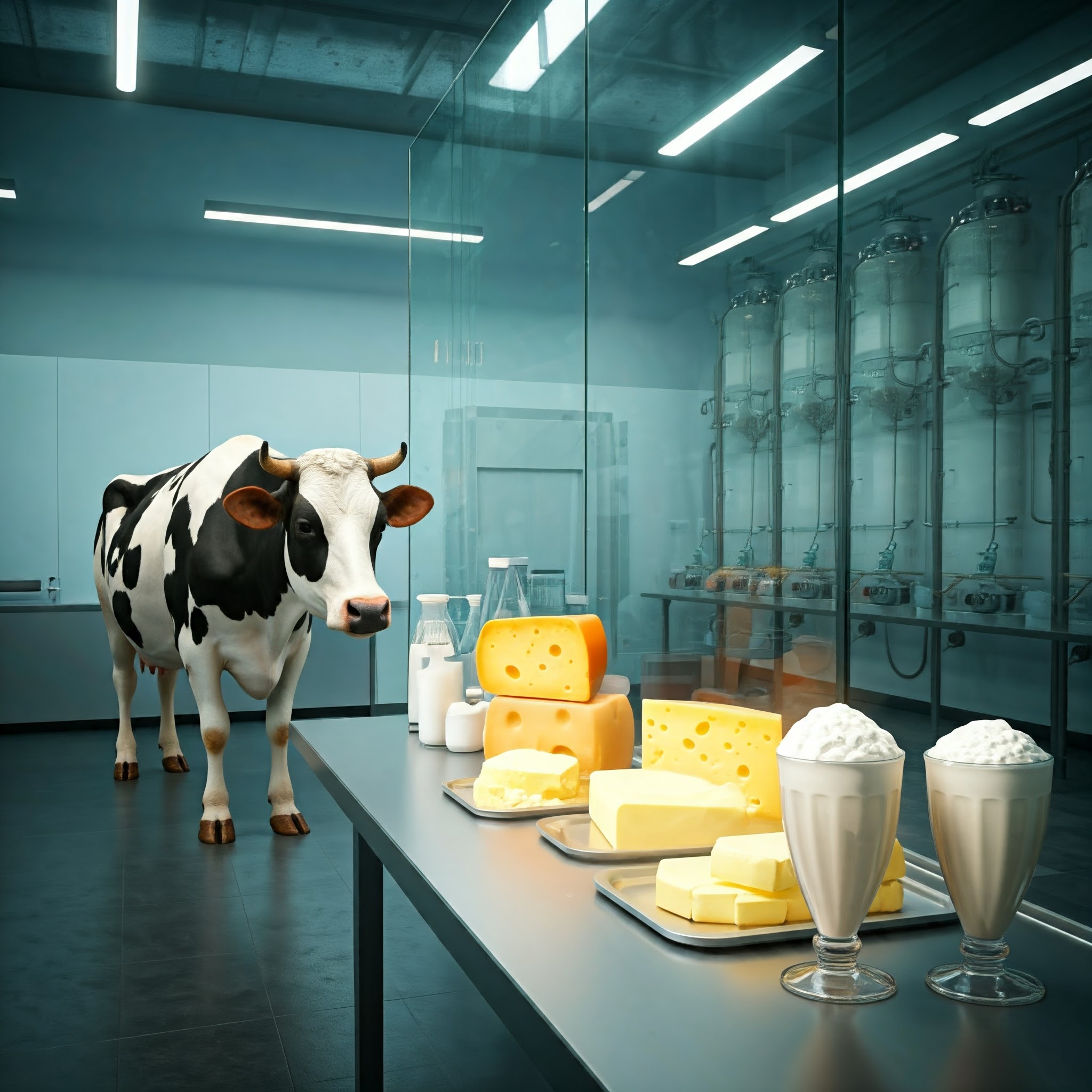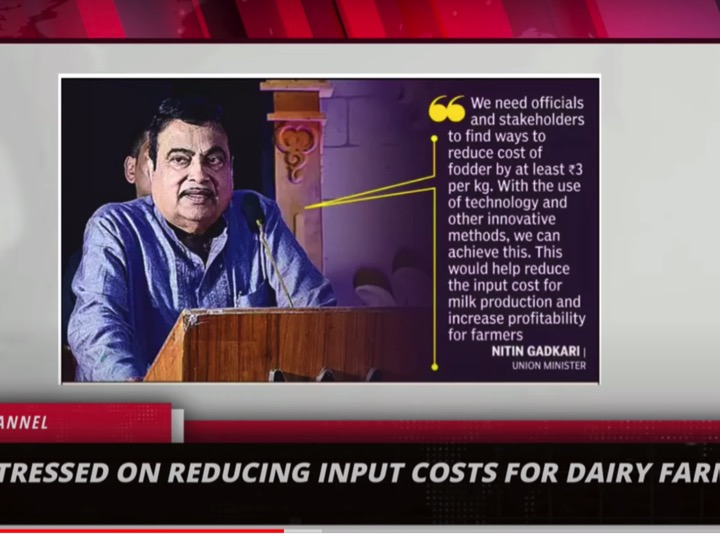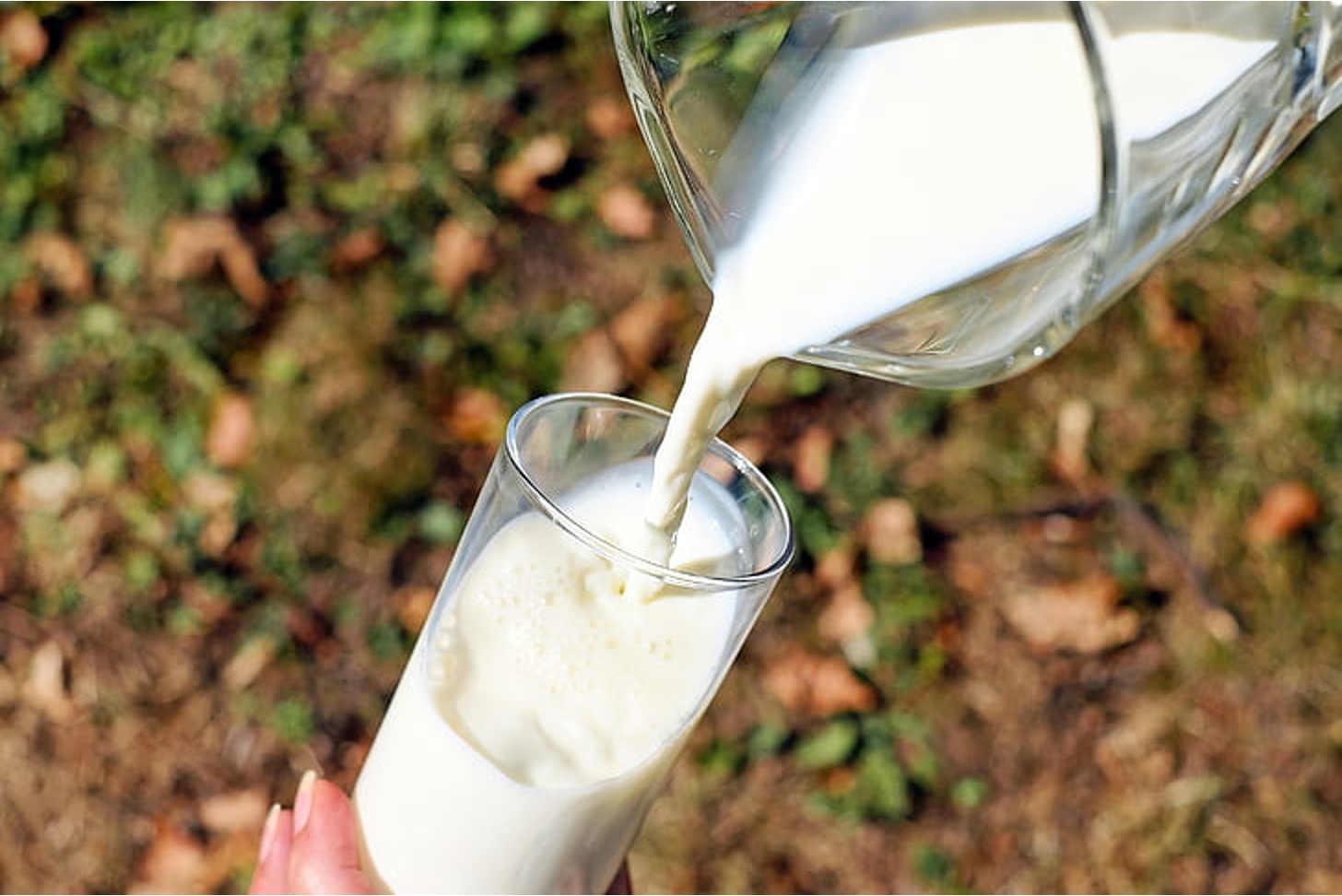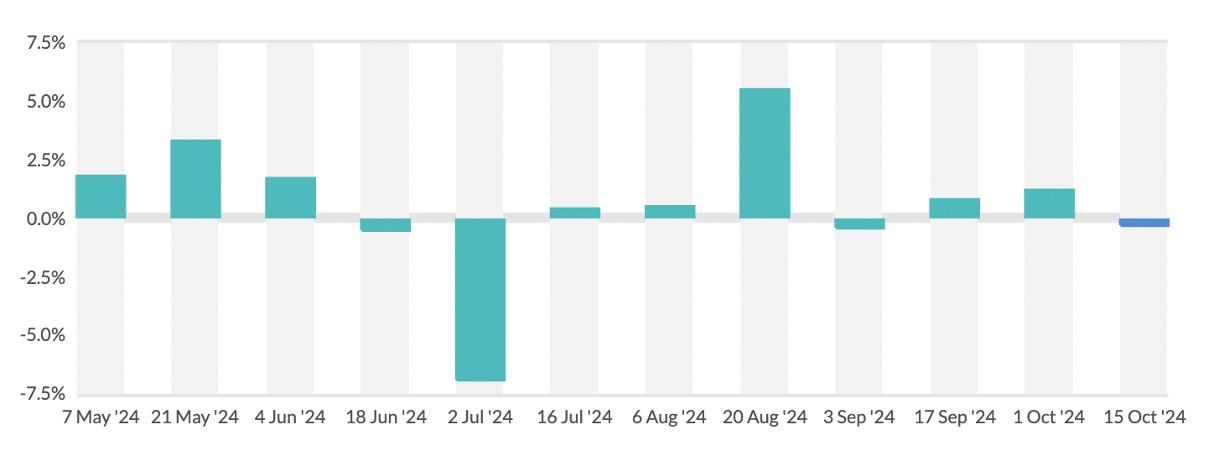Over the last two decades, the number of dairy herds in the U.S. has fallen significantly, but milk production has increased. It is a move analysts say has several explanations.
USDA’s Research Arm found in 2003, there were around 70,000 dairy herds in the United States. In 2023, there were a little more than 26,000. Despite the sharp decline, milk production was 33 percent larger, coming in around 226 billion pounds. The report says while there are fewer dairy cows, the remaining ones produce more milk.
Dairy farms have also become larger and more specialized in production, thanks to advancements in technology and automation.
Milk production has significantly increased despite a decrease in the number of dairy herds due to several key factors:
- Technological Advances: Innovations in genetics, selective breeding, and milking equipment have significantly enhanced productivity. These advancements allow dairy cows to produce more milk. For instance, the average milk yield per cow in the U.S. increased from 18,197 pounds in 2000 to 23,777 pounds in 2020 (USDA ERS) (farmdoc daily).
- Farm Consolidation: The dairy industry has seen a shift towards larger farms, which are more efficient and productive. Larger farms benefit from economies of scale, better management practices, and more sophisticated technology. In the U.S., the number of dairy farms with more than 1,000 cows has increased, while smaller farms have declined (USDA ERS).
- Enhanced Farm Management: Improved farm management practices, such as better feed formulations, cow comfort enhancements, and precise digital record-keeping, have contributed to higher milk yields per cow. Modern dairy farms in the West and Southwest have adopted these practices more rapidly, leading to faster productivity growth (USDA ERS) (farmdoc daily).
- Quality-Based Pricing and Efficiency: The industry has also focused on quality-based pricing, encouraging farmers to produce higher-quality milk. This focus on quality has driven improvements in production practices and efficiency, further boosting milk yields (USDA ERS).
- Environmental and Zoning Regulations: In some traditional dairy states, environmental regulations and zoning laws have limited the expansion of dairy herds. As a result, these states have focused more on increasing milk yield per cow rather than expanding herd sizes (farmdoc daily).
Overall, these factors combined have enabled the dairy industry to produce more milk with fewer cows, ensuring sustainable growth and increased productivity.








